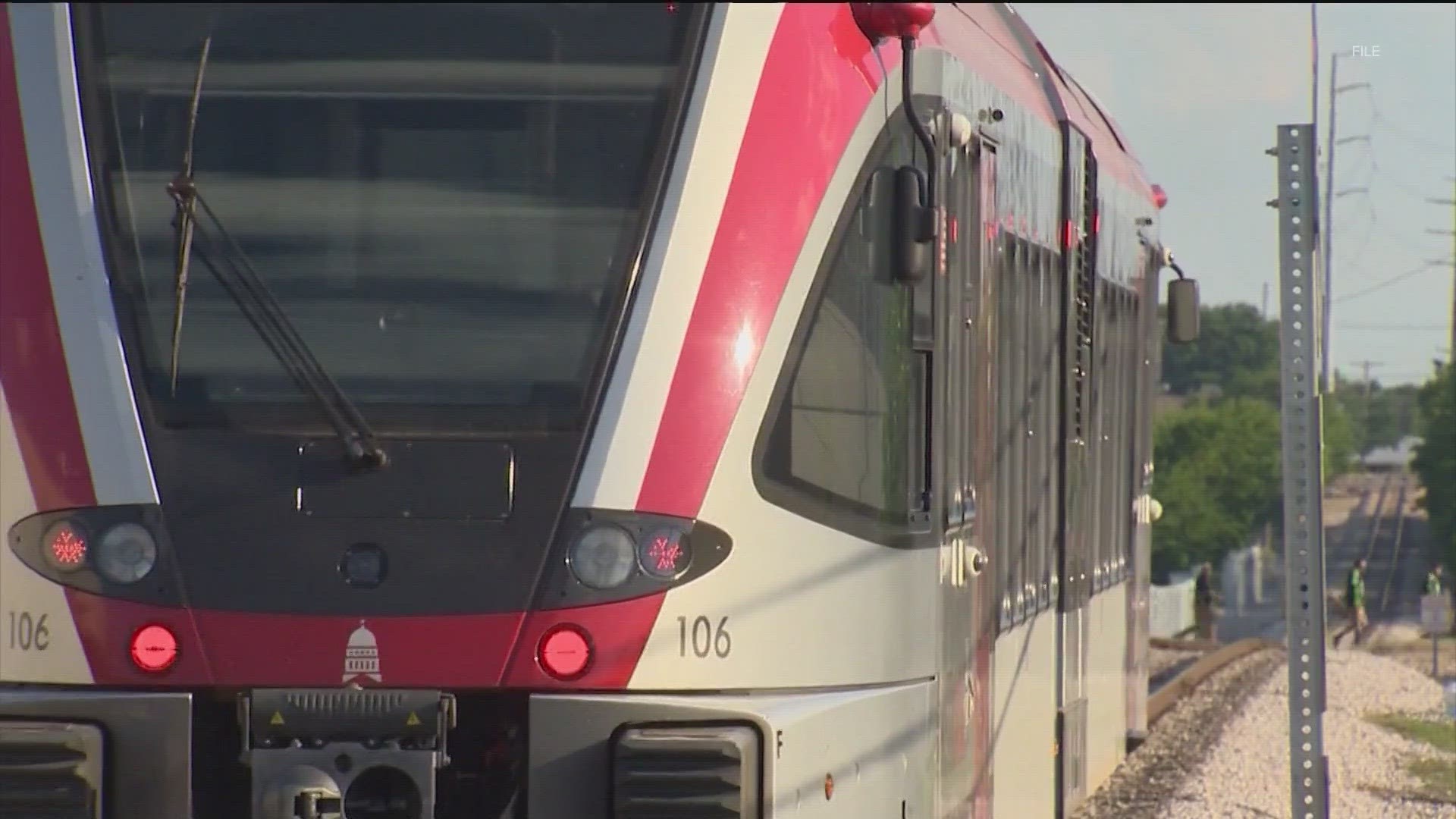AUSTIN, Texas — A voter-approved plan to overhaul public transit in Austin is seeing even more changes. New proposals show a significantly scaled-back version of light rail as part of Project Connect.
The initial maps that were shown to voters before they voted on the plan in 2020 showed two light rail routes – one running from North Lamar Boulevard, through downtown and out east to the airport, and a second running from North Lamar Boulevard through downtown and south to Stassney Lane.
Now KVUE has learned that new proposed maps show shorter routes. Some don't go as far north, south or east, depending on the plan.
KVUE spoke with head of the Austin Transit Partnership Greg Canally on Friday. He said the group is still getting feedback from local leaders and amending the plans.
But it’s trying to respect the will of voters, while maintaining a budget.
“I think that two years ago, Austin committed and voted to their future, their transit future, and dedicated a dedicated resources towards that. Here at Austin Transit Partnership, we've been very transparent starting last summer about the work that was in front of us, that we’re first and foremost, we're going to live within the budget that was put forth by the voters with the revenue that they've approved, and then look at taking the vision that they approved and looking at a way to implement the most of that vision here in our first investment,” said Canally.
The Austin Transit Partnership plans to present maps to the public on March 21 to show Austinites what this project could look like now.
The price tag of the entire Project Connect plan has only gone up since voters approved it. In 2020, it was set to cost just over $7 billion. But the most recent estimate from last spring puts the cost of light rail alone at more than $10 billion.
Austin-area State Rep. Ellen Troxclair filed House Bill 3899 this week, also known as the "No Blank Checks Act." It essentially aims at Project Connect and the Austin Transit Partnership's role in it.
It would force ATP to work just like cities and counties when issuing debt, so if the project cost goes up more, it would have to go to voters again. That bill hasn't been assigned to any committees for debate just yet.

